Lawmakers have introduced the Voluntary Public Access Improvement Act to boost an important Farm Bill program that creates public hunting and fishing opportunities on private land
The Voluntary Public Access Improvement Act of 2023 has been introduced by Senator Steve Daines (R-Mont.), Senator Michael Bennet (D-Colo.), and Senator Roger Marshall (R-Kan.) to strengthen one of the most critical Farm Bill programs for America’s sportsmen and sportswomen: the Voluntary Public Access and Habitat Incentive Program. It is the only federal initiative that helps to create public hunting and fishing opportunities on private land, and this new legislation calls for tripling the program’s impact.
“Lack of access is the largest barrier to hunter and angler participation, and the USDA’s Voluntary Public Access and Habitat Incentive Program is the single best federal tool to increase recreational access on private lands,” said Whit Fosburgh, president and CEO of the Theodore Roosevelt Conservation Partnership. “We applaud Senators Daines, Bennet, and Marshall for their leadership on the Voluntary Public Access Improvement Act and look forward to working with Congress to expand hunting and fishing opportunities for all Americans.”
The legislation would invest $150 million over the next five years in the VPA-HIP, which provides grants to states and Tribes to be implemented at the local level. This increased investment was among the recommendations made by TRCP’s Agriculture and Wildlife Working Group in its “Hunter and Angler Priorities for the 2023 Farm Bill” released earlier this year.
The Voluntary Public Access Improvement Act is supported by more than 30 hunting, fishing, and conservation organizations.
“VPA-HIP is an incredibly important program for hunters, opening nearly one million private acres to public hunting, fishing, and outdoor recreation over its lifetime,” says Torin Miller, senior director of policy for the National Deer Association. “Not surprisingly, interest and enrollment in the program is growing. The Voluntary Public Access Improvement Act of 2023 recognizes the growing interest in the program and the importance of maintaining quality hunting access across the country. The bill’s $150-million authorization will ensure expanded and continued enrollment in VPA-HIP, benefiting hunters, landowners, and local communities. The National Deer Association is proud to endorse this legislation.”
“The introduction of the Voluntary Access Improvement Act is very welcome news for duck hunters as VPA-HIP has accomplished significant increases in access for waterfowl hunters,” says John Devney, chief policy officer at Delta Waterfowl. “From the WRICE program in Arkansas to the PLOTS program in North Dakota and WIA and COOP in South Dakota, VPA-HIP is providing important access for hunters across the country. We sincerely appreciate Senators Daines, Bennett and Marshall for advancing this key priority in the 2023 Farm Bill.”
“Since 2008, the Voluntary Public Access and Habitat Incentive Program has opened millions of acres of private lands and waters to America’s anglers,” says Glenn Hughes, president of the American Sportfishing Association. “We thank Senators Daines, Bennet, and Marshall for their support of this program, which will expand sportfishing opportunities for generations to come.”
The VPA-HIP, once commonly known as “open fields,” has a very special place in the hearts of TRCP’s staff and supporters, as it was championed by our inspirational co-founder, Jim Range, before his untimely death. The program was established and funded through the 2008, 2014, and 2018 Farm Bills—most recently at $50 million over five years—with its impacts felt across the country.
Apart from creating more outdoor recreation access, VPA-HIP funding is also utilized to provide technical and financial assistance to landowners for wildlife habitat improvement and enhancement projects. It is often layered with other Farm Bill programs that have habitat benefits, such as Conservation Reserve Program and Wetland Reserve Easements. And the program allows states to address liability, alleviating a roadblock for many landowners to open their lands to the public.
Recent studies have shown that the VPA-HIP has a more than eight-to-one return on investment in the form of outdoor recreation spending in rural communities.
Photo by USDA


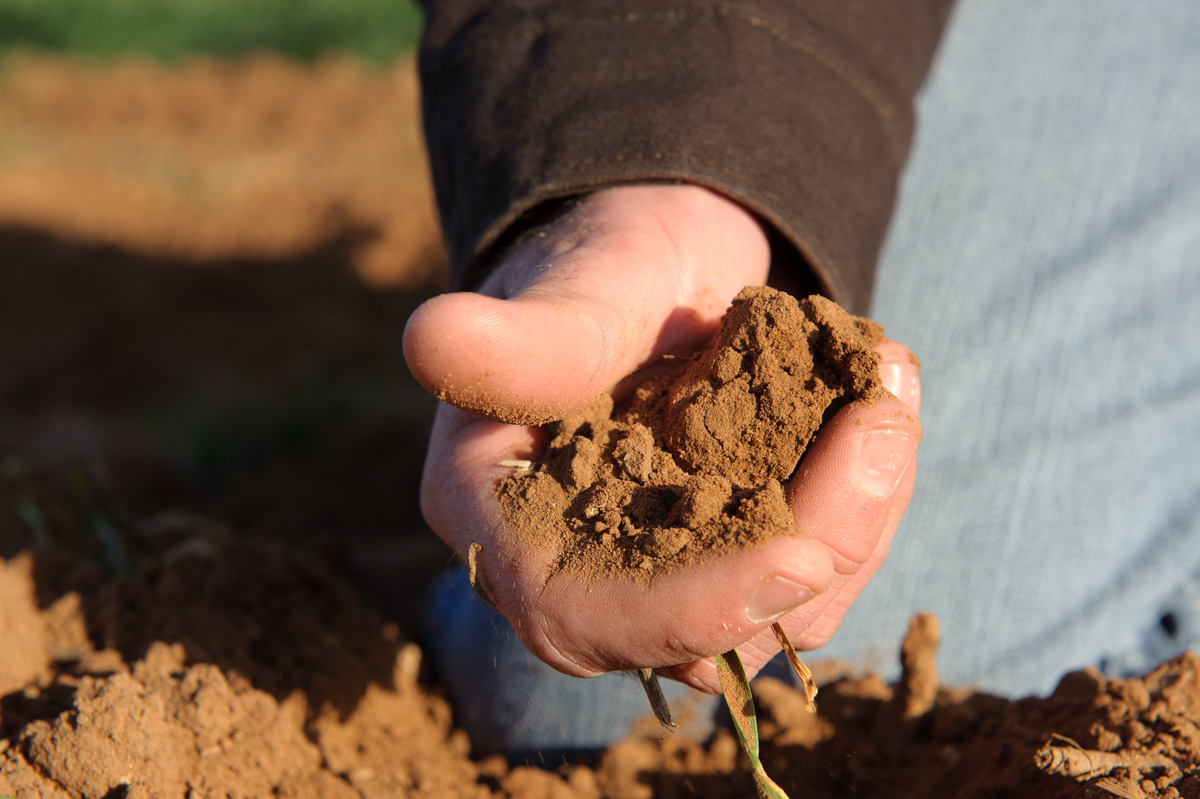
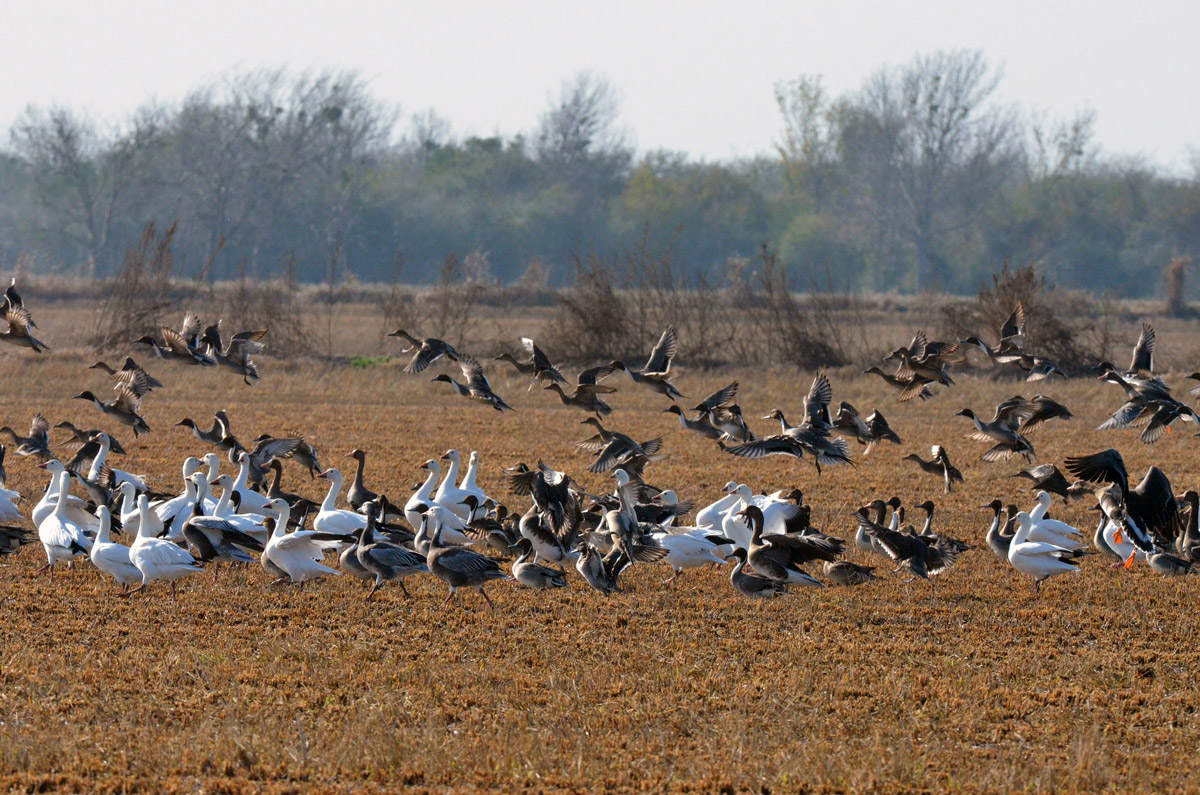

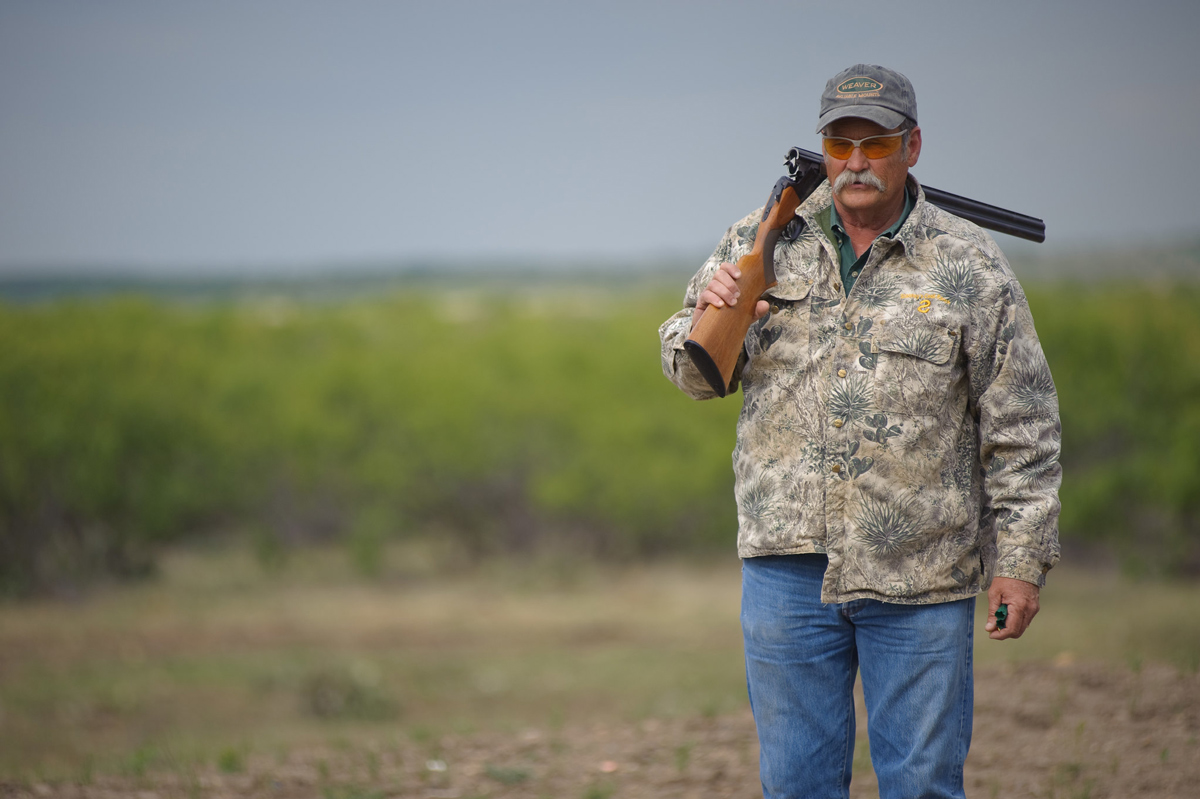
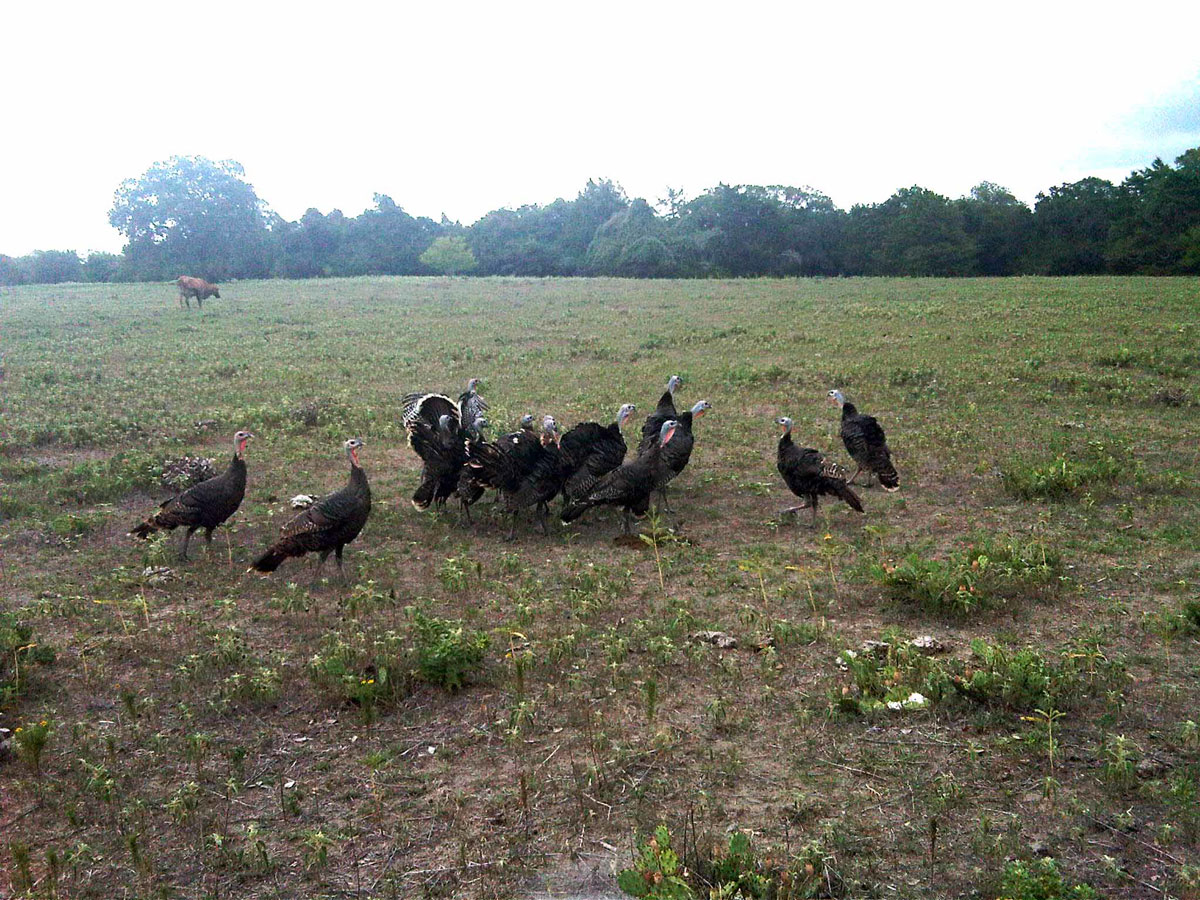
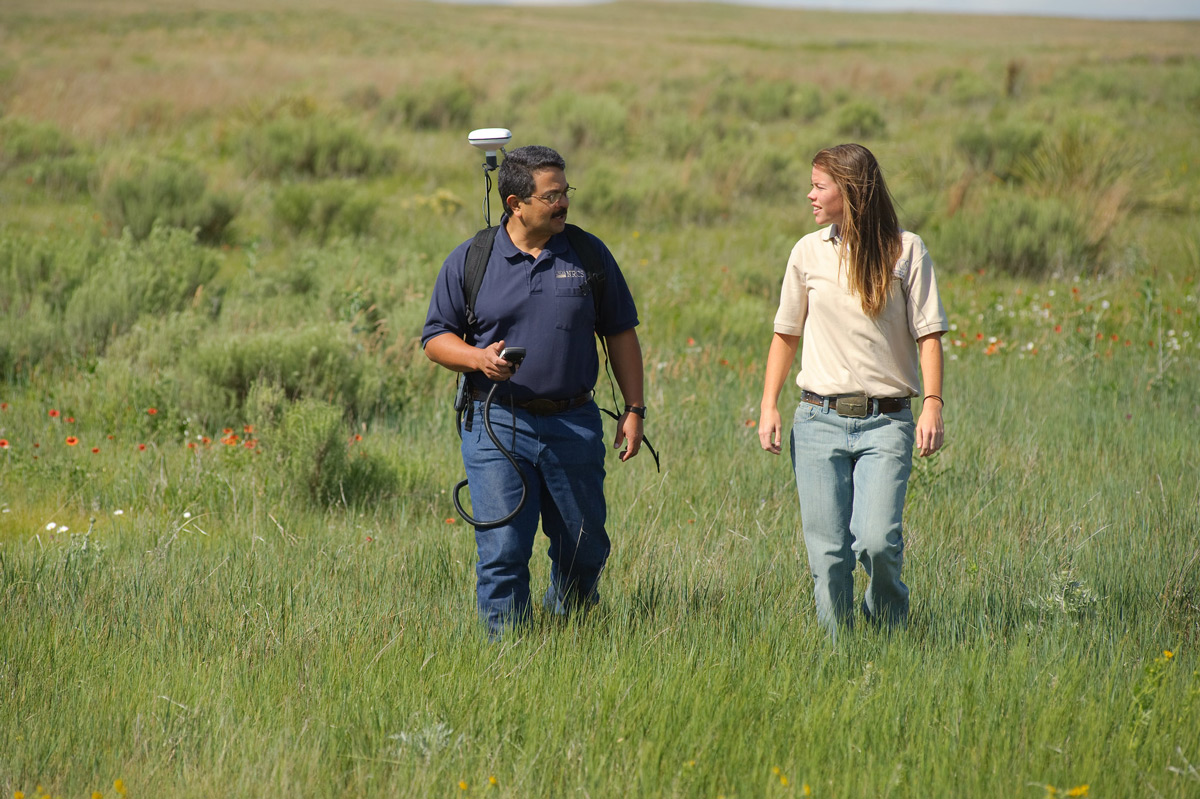




This would be amazing and has my full support.
I fully support this legislation. About Time I say!
This sounds great but our state (MN) has found a loophole that allows the use of conibear type traps on the ground on Walk-in-Access so nothing is gained. I’ve lost one dog and won’t risk losing another.
I keep my $1.000 dog on a short leash when I am crossing areas with Traps or what ever that will kill my dog.
One of the reason’s that hunter numbers are on the decline is a lack of access to land to hunt on. This program will definitely help. I would hope that the congress and senate will pass this legislation in the farm bill. This would be a BIG win for all ages of sportsmen and women and hopefully increase numbers in the hunting and fishing world.
I support this bill, but read the comment regarding conibear traps. This scares hell out of me being an Setter man and bird hunter. These traps should be restricted to private lands where allowed.
Totally support this bill, and will do back flips if it goes through 😉